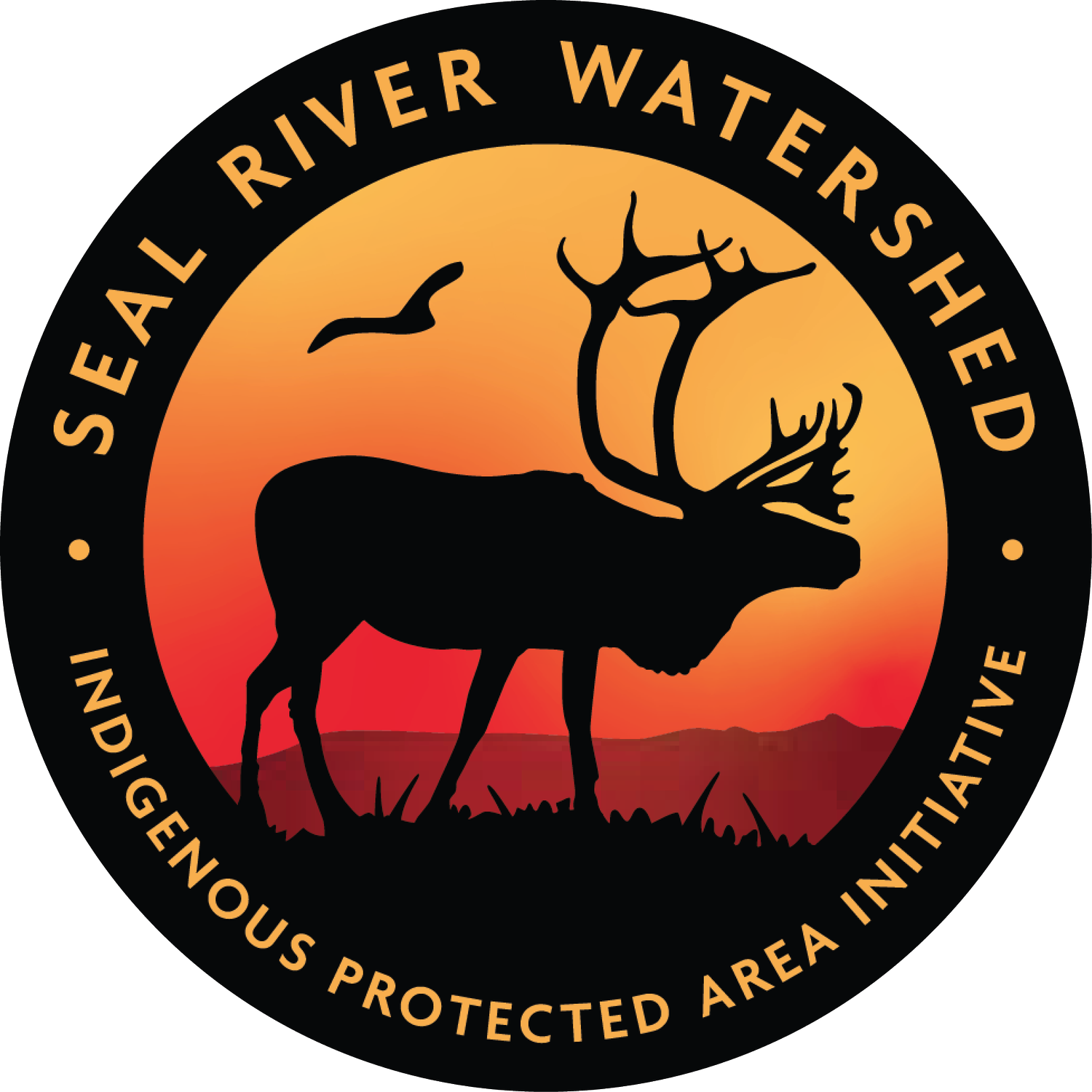Mike Dumas: Executive Director, O-Pipon-Na-Piwin Cree Nation
Michael W. Dumas is an outdoorsman, hunter and nature photographer. As a life-long steward of the land, he understands why it’s crucial to protect the Seal River Watershed for future generations.
“The Seal River area is beautiful country. It’s one of the last pristine watersheds in Canada, and it’s our duty to protect it,” said Dumas, the Executive Director of O-Pipon-Na-Piwin Cree Nation (OPCN) and the Seal River Watershed Initiative Community Representative and In-term Board Member for OPCN.
OPCN is one of five Indigenous communities working together to establish the entire Seal River Watershed as an Indigenous Protected Area.
While Sayisi Dene First Nation is the only nation located within the watershed, its Cree, Dene and Inuit partners all travel to the area to engage in traditional practices like hunting and fishing.
OPCN is not directly on the watershed but Dumas said some of the community’s registered trapline zones touch the watershed. Protecting this area means that no one can come in and flood or develop the area in a way that disrupts the cabins, traplines and animals.
“You need to hold on to what you have.” This is the message that Dumas is trying to spread as he works to help community members learn about the initiative and ensure that it reflects their values and needs. It’s a job for which he would have happily volunteered, he said.
“I’m pretty pumped. Knowledge is powerful. Knowledge is everything. My whole concept is to knock on doors to get the information out.”
Dumas believes that talking face-to-face about the initiative is the best way “to convince people that the land is worth saving and get people to support it.” He would like to be having long, personal conversations with community members, but COVID-19 has made this difficult.
Instead, Dumas mails or delivers brochures to people’s homes and follows up with a phone call to tell them more about the initiative. “People would rather talk with me than just read about it, so the phone calls work well.”
Mike Dumas (OPCN) and Rebecca Thorassie (SDFN) at the February 2020 leadership meeting in Winnipeg. (Credit: Mira Oberman, CPAWS)
Dumas considers himself a storyteller, which is why he is excited for when he can meet with people in-person again — so he can visit, answer questions, explain the initiative, and continue to drum up support. “That’s the biggest impact I can have,” he said.
For Dumas and the hundreds of others working toward this initiative, establishing the Seal River Watershed as an Indigenous Protected Area isn’t about keeping people out — it’s about empowering the surrounding communities to be the decision-makers of this land and what gets developed.
“People should have a say in what happens to their land. I would like for my neighbours to be able to continue to enjoy [it],” said Dumas.
It also means keeping hydro projects from being developed in the area. This is something Dumas is passionate about, as he has seen these types of projects devastate communities.
Growing up in South Indian Lake, Dumas experienced the impacts of a Manitoba Hydro project that raised the water level by nine feet and flooded his community. “A self-sufficient community was destroyed,” he said.
The community was relocated in the early 1970s to the other side of the narrows into substandard housing. Rocks, shorelines and beaches disappeared overnight. “Today islands are still eroding and disappearing in front of us. As a person of the land, seeing the devastation was and still is shocking to see.”
Dumas doesn’t want to see history repeated in the Seal River Watershed. “To this day, if I have a chance to help anybody avoid a [harmful] development, I will.”
He learned how to be a steward of the land from his parents and Elders. “When I’m out on the land, I sit and think about my teachers, my Elders and my mom and dad — and their appreciation for the land.”
His work with the Seal River Watershed Initiative is one of many ways in which Dumas shows his appreciation.


